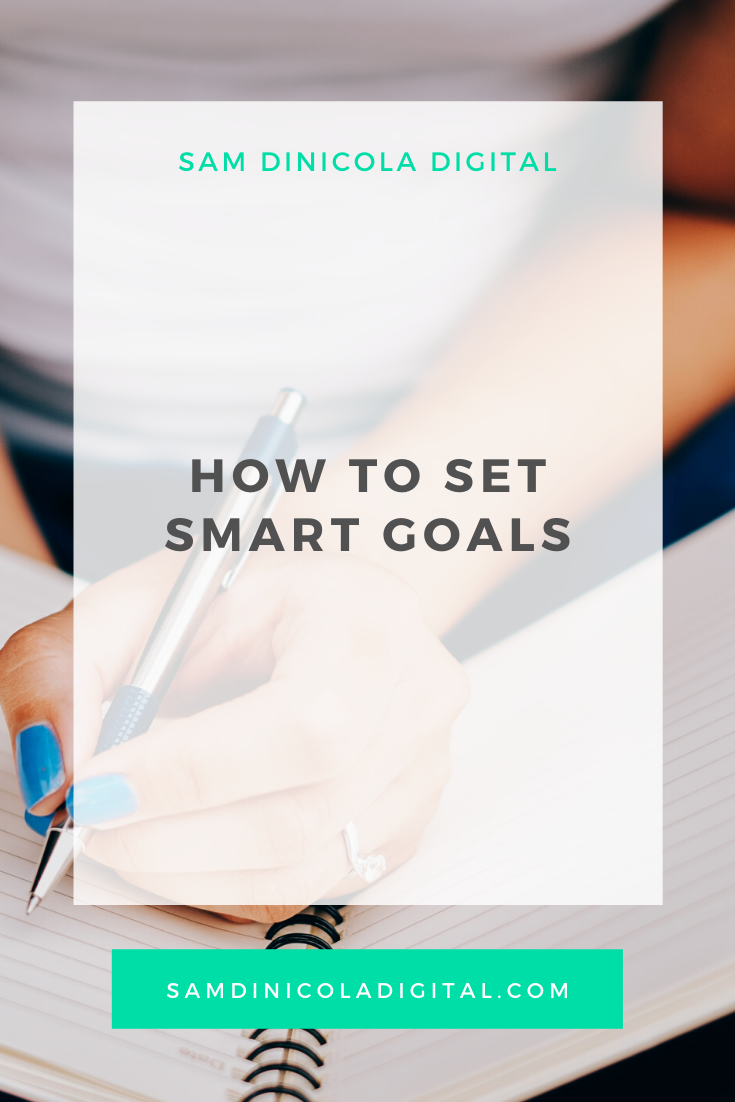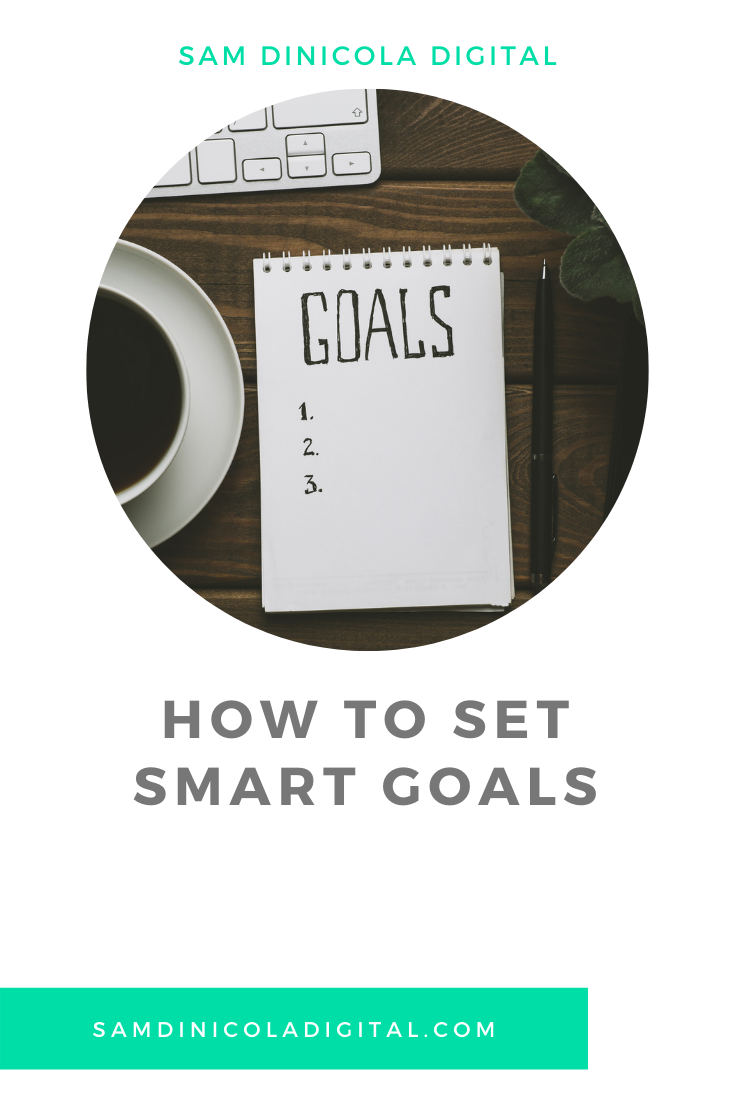The Biggest Thing Keeping You from Converting Leads
Today, I want to talk about the biggest thing that is preventing you from curdling into clients. This is something that many of our coaching clients and those in the "Scale Your Service System" course overlook. It's the key to leaving money on the table—follow-up.
If you've taken the time for lead generation, whether through emails, discovery calls, or other strategies, it's crucial to follow up. Unfortunately, many people neglect follow-up altogether. But the magic happens in the follow-up. Think about the last time you were considering a purchase. Did you end up buying it? How many times did the seller follow up with you?
We're all busy business owners, trying to grow our businesses and manage our personal lives. When someone follows up with us, it serves as a reminder to take action. By neglecting follow-up, you're putting the burden on potential clients to remember and make a decision.
As service-based business owners, we should strive to make the purchasing process as effortless as possible for our clients. Following up achieves just that. It reminds them and makes it easier for them to respond promptly. It's a lot more efficient than relying on their memory to find our initial correspondence.
If you're hesitant about follow-up, consider how it simplifies your clients' lives. Even if they decline your offer, it's not a problem. It doesn't make you a failure. Following up still benefits them because they're busy with other aspects of their business. They have multiple responsibilities to handle daily. A mindset shift is crucial when it comes to follow-up strategies.
Now, let's discuss when and how to follow up. I recommend a minimum of three follow-up attempts within the first 30 to 45 days after initial contact. The number of follow-ups may vary depending on the type of interaction. For example, if you had a discovery call, you should follow up more frequently since they are warmer leads. However, don't overwhelm them with daily emails or calls.
Instead, follow up within two to three days of the initial contact, followed by another follow-up after a week or so, and then another after a month. Additionally, it's wise to schedule a follow-up three months later, considering that circumstances change, plans change, or their previous choice didn't work out. We recently experienced a situation where a client's initial choice didn't work out, and they came back to us.
By following up three months later, you remain on their radar and demonstrate your dedication to their needs. Even if they initially decline, you can still follow up after three to four months to check on their progress and offer support. This consistent follow-up keeps you at the forefront of their minds and makes it easy for them to reach out when they're ready.
This strategy applies not only to discovery call prospects but also to anyone who has shown interest or contacted you through a form. If they drop off before booking a discovery call, send a follow-up email asking if they're still interested and offer alternative dates for scheduling the call. Many people overlook this crucial step in the sales process, leaving room for you to stand out.
Utilizing follow-up in Facebook groups can also yield excellent results since it's an area where few people follow up. When implemented correctly, follow-up can work like magic in converting leads. If you're struggling to convert leads or have questions about your follow-up strategy, feel free to reach out to me on Instagram at Sam.DiNicola or visit our website at SamDiNicolaDigital.com.
We offer valuable freebies on getting more clients using Facebook groups, so check them out if you need assistance. Additionally, if you're a service-based business owner aiming to scale your business to $5-10k per month, I highly recommend our comprehensive course, which provides in-depth guidance and support.










